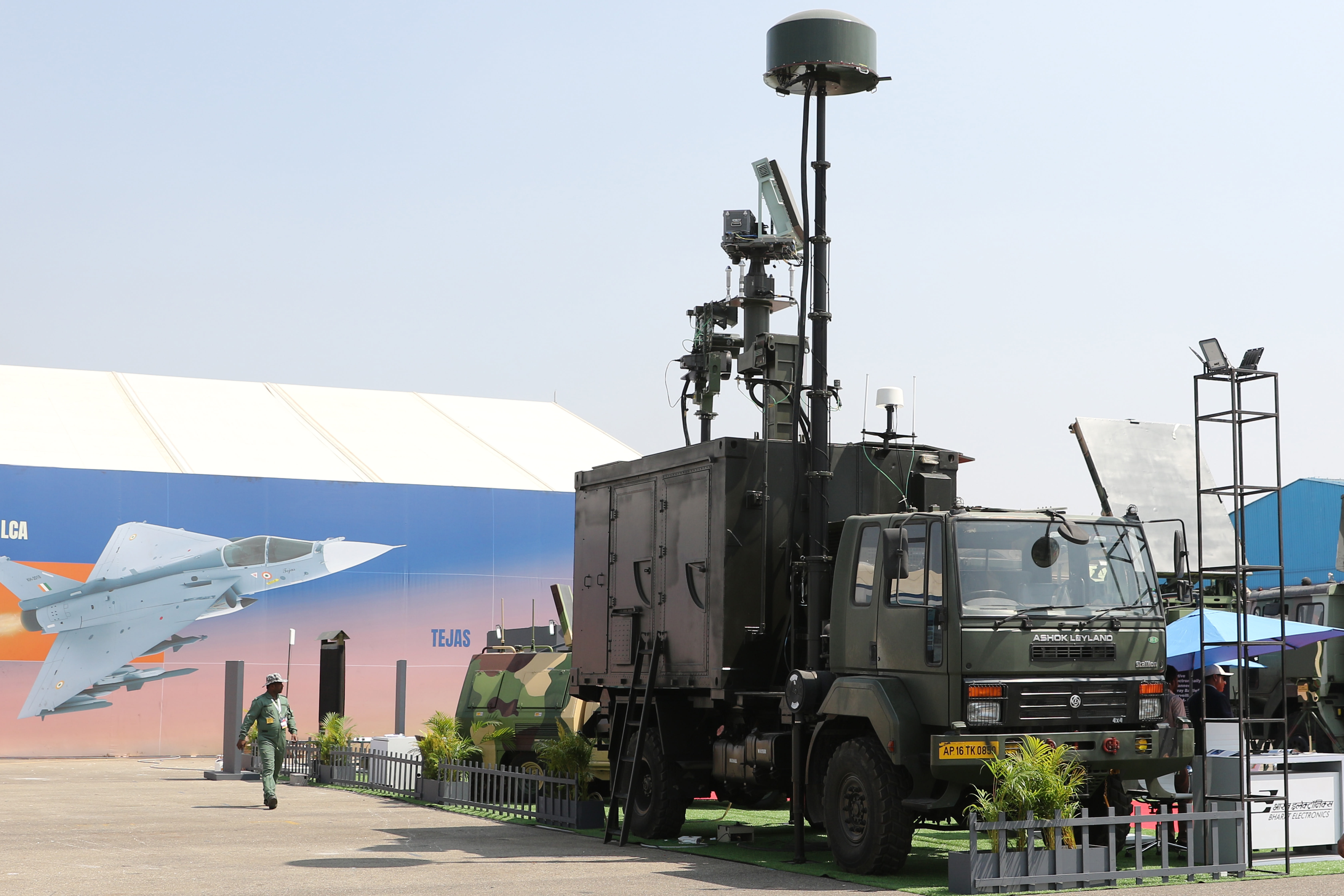India's Strategic Shift: Embracing Advanced Drone and Air Defense Technologies
 The Tech Times
The Tech Times
In a move that signifies a significant shift in India's defense strategy, Prime Minister Narendra Modi announced the procurement of advanced drones and air defense systems. This decision comes in the wake of recent aerial tensions with Pakistan, underscoring India's commitment to bolstering its defense capabilities and enhancing its technological edge in warfare.
A Historical Context of Indo-Pakistan Tensions
India and Pakistan have a long history of military confrontations, rooted in their historic partition in 1947. Over the decades, this rivalry has evolved from traditional warfare to more sophisticated forms, including cyber warfare and drone technology. The recent skirmishes in the air over the Line of Control (LoC) are a testament to the evolving nature of military engagements between the two nations.
The introduction of Operation Sindoor as a national policy marks a critical point in India's defense strategy. This operation is not merely a reaction to immediate threats but is part of a broader, long-term plan to counter terrorism and enhance national security. The emphasis on acquiring drones and air defense systems reflects a strategic pivot towards modern warfare technologies.
The Role of Drones in Modern Warfare
Drones have emerged as a pivotal element in contemporary military strategy due to their versatility and effectiveness. They provide unparalleled advantages in surveillance, reconnaissance, and precision strikes. For India, integrating drones into its military arsenal offers a strategic advantage in monitoring and responding to threats at its borders and beyond.
The acquisition of these technologies suggests India's recognition of the need to modernize its military capabilities. This move aligns with global trends where nations are increasingly investing in unmanned aerial vehicles (UAVs) to enhance their defense readiness and operational efficiency.
Air Defense Systems: A Critical Component
In addition to drones, the acquisition of advanced air defense systems reflects India's proactive approach to securing its airspace. These systems are crucial in defending against aerial threats, particularly in the context of rising tensions with Pakistan.
Air defense systems provide a robust shield, capable of intercepting and neutralizing incoming threats from enemy aircraft and missiles. By enhancing its air defense capabilities, India is not only safeguarding its skies but also sending a clear message of deterrence to potential adversaries.
Strategic Implications and Future Prospects
India's investment in cutting-edge military technology is indicative of a broader strategic realignment. By focusing on advanced technologies, India aims to assert its position as a formidable power in the region. This strategic shift is not only about countering immediate threats but also about long-term security planning and maintaining regional stability.
Furthermore, this development could potentially alter the geopolitical dynamics in South Asia. As India strengthens its defense posture, neighboring countries may feel compelled to reassess their military strategies, potentially leading to an arms race in the region.
In conclusion, India's decision to enhance its drone and air defense capabilities is a forward-looking step that underscores the importance of technological innovation in national defense strategies. As the landscape of warfare continues to evolve, India's proactive approach sets a precedent for how nations can leverage technology to secure their borders and protect their sovereignty.
Source: India buys drones, air defense weapons following aerial Pakistan fight
Subscribe to my newsletter
Read articles from The Tech Times directly inside your inbox. Subscribe to the newsletter, and don't miss out.
Written by
